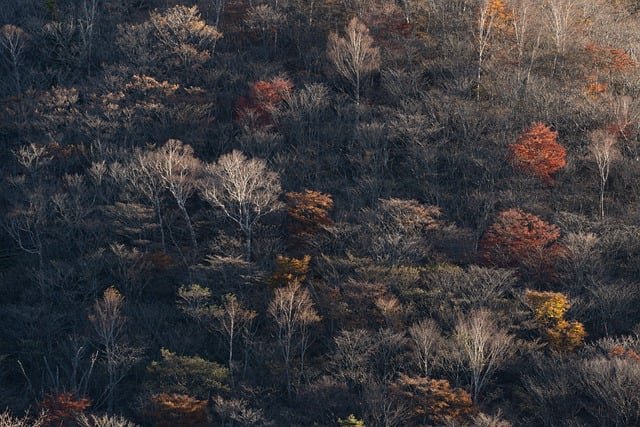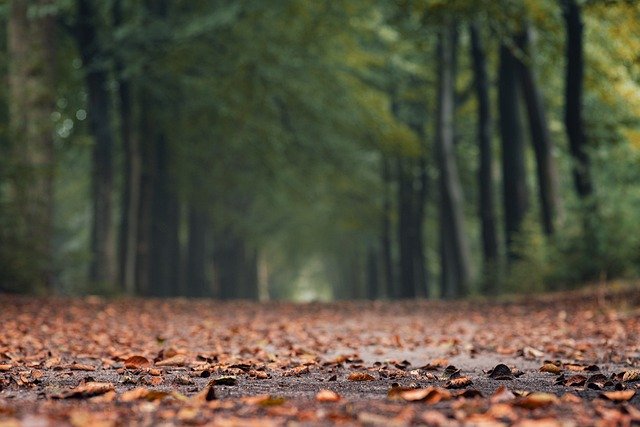**Title: "The Evolution of Storytelling in Video Games

The Secret Lives of Urban Wildlife: Adapting
Urban environments are bustling hubs of human activity, but they also serve as a unique habitat for a diverse array of wildlife. From raccoons rummaging through trash cans to hawks soaring above skyscrapers, urban wildlife has adapted in remarkable ways to thrive alongside us. In this post, we’ll explore the fascinating lives of these creatures and how they have learned to navigate the challenges and opportunities presented by city life.
1. The Resilience of Urban Wildlife
Urban wildlife has shown incredible resilience in the face of human development. Species such as:
Raccoons: Known for their dexterous paws and intelligence, raccoons have become adept at foraging in urban areas. They can often be seen scavenging for food in parks, alleys, and even backyards.
Coyotes: Once primarily found in rural areas, coyotes have expanded their range into cities. They adapt by hunting small mammals and taking advantage of human food sources, all while maintaining a low profile.
Pigeons: These birds have thrived in urban settings, using buildings as nesting sites and finding food in abundance. Their ability to cohabitate with humans has made them one of the most recognizable urban species.
2. Finding Food in the Concrete Jungle
Urban wildlife has developed ingenious strategies for finding food in a landscape dominated by humans. Some of these strategies include:
Scavenging: Many animals, like raccoons and gulls, have become expert scavengers. They exploit human waste and leftover food, turning our trash into their treasure.
Foraging in Parks: Green spaces in cities provide vital resources for wildlife. Parks, gardens, and even green roofs offer food sources and shelter for a variety of species.
Urban Hunting: Predators like hawks and foxes have adapted their hunting techniques to urban settings, often preying on rodents and other small animals that thrive in the city.
3. Navigating Urban Landscapes
Urban wildlife faces numerous challenges, including traffic, pollution, and habitat fragmentation. However, they have developed remarkable adaptations to navigate these obstacles:
Behavioral Adaptations: Many species have altered their behaviors to avoid danger. For example, coyotes are more active at night when human activity decreases, allowing them to hunt with less risk.
Physical Adaptations: Some animals have developed physical traits that help them survive in urban environments. For instance, certain bird species have adapted their nesting habits to utilize human structures.
Social Structures: Urban wildlife often forms unique social structures. For example, raccoons may work in groups to access food sources, while coyotes may form packs that help them navigate the challenges of city life.
4. The Importance of Urban Wildlife
Urban wildlife plays a crucial role in maintaining ecological balance within cities. They contribute to:
Pest Control: Predators like hawks and owls help control rodent populations, reducing the spread of disease and keeping ecosystems in check.
Pollination: Bees and butterflies, often found in urban gardens, are vital for pollinating plants and maintaining biodiversity.
Cultural Connection: Urban wildlife enriches our lives, providing opportunities for observation and connection to nature. Their presence reminds us of the natural world, even in the heart of the city.
Conclusion
The secret lives of urban wildlife are a testament to nature's resilience and adaptability. By understanding and appreciating these creatures, we can foster a more harmonious coexistence with the wildlife that shares our urban spaces. As we continue to develop our cities, it’s essential to consider the needs of these animals and work towards creating environments where both humans and wildlife can thrive.
Feel free to share your experiences with urban wildlife in the comments below! What animals have you spotted in your city? 🦝🦉🌳

All images are taken from the Pixabay.com